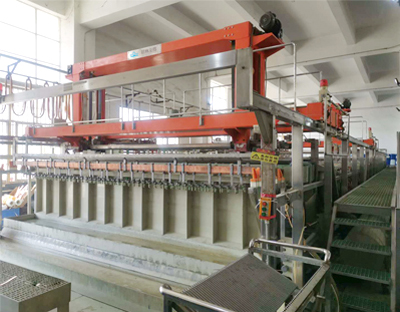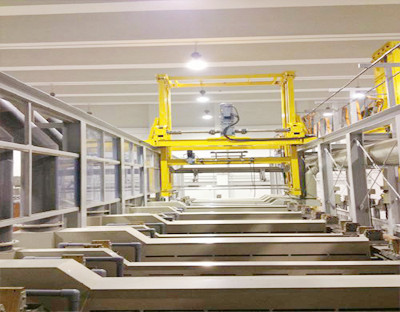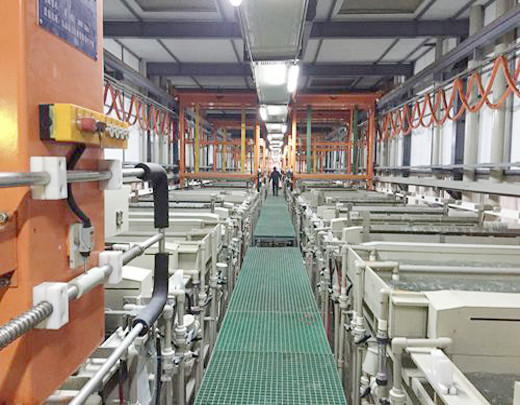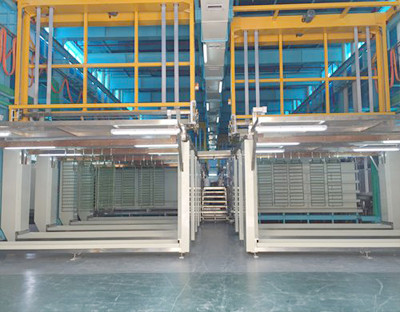Plating tank is the general name of the special tank body for each process used in electroplating production. It includes various pre-treatment tanks, electroplating tanks, oxidation tanks, passivation tanks and various cleaning tanks, among which the electroplating tank is the main equipment for electroplating production. It is the carrier of electroplating solution, so it is required that its surface will not corrode and dissolve when it is in long-term contact with various types of solutions, so as to prevent adverse effects. At the same time, the tank is required to be rigid enough to bear the gravity of the tank and solution and the side pressure generated by the liquid. It shall also have sufficient geometric dimensions to load the necessary number of workpieces, maintain sufficient anode and cathode spacing and install accessories such as heat exchanger. Sometimes, thermal insulation and insulating layers need to be set to save energy and prevent electric leakage, so as not to cause unnecessary losses. For the plating tank with electric heating, the tank body shall also be reliably connected with the public grounding line of the plant to ensure the personal safety of operation and maintenance personnel.
Electroplating tank is used to install solution for zinc plating, copper plating, nickel plating, gold plating, etc. The cathode moving electroplating tank is composed of a steel tank lined with soft PVC plastic, a conductive device, a steam heating tube and a cathode moving device. The tank can also be made of steel frame lined with UPVC Plastic. The selection of tank structure depends on the nature and temperature of electroplating tank solution. The utility model is composed of a motor, a reducer, an eccentric disc, a connecting rod and a pole supporting roller.
Generally speaking, the size of electroplating tank refers to the volume (L) of electrolyte contained in the inner cavity of electroplating tank, that is, the length of inner cavity of electroplating tank × inner cavity width × Electrolyte depth. Generally, the selection can be calculated according to the electroplating processing volume or the existing DC power supply equipment. Selecting the appropriate electroplating tank size is of great significance to prepare the growth plan, estimate the output and ensure the electroplating quality. When determining the size of electroplating bath, the following three basic conditions must be met:
1)Meet the electroplating requirements of machined parts. If the parts can be completely immersed, all surfaces shall be electroplated
2)Prevent overheating of electrolyte
3)It can maintain a certain stability of electrolyte composition in electroplating production cycle. Of course, at the same time, the overall coordination of the production line should be considered to meet the requirements of rationality of electroplating workshop layout.
The structure of the tank varies with its purpose. Common plating tanks include steel tank, rigid PVC plastic tank, steel tank lined with soft PVC plastic, polypropylene plastic tank, steel frame reinforced polypropylene plastic tank, glass fiber reinforced polyester (FRP) tank, stainless steel tank, titanium tank and ceramic tank.








 Jul. 17, 2020
Jul. 17, 2020 





